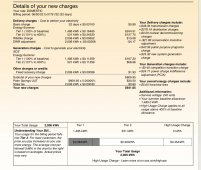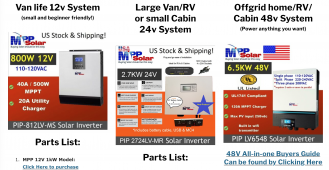LosFelizGirl
New Member
- Joined
- Aug 3, 2022
- Messages
- 38
Hi friends,
Can I use one of these All-In-One-Solar Power Systems as an additional source of electricity along side my utility grid electricity?
I'm really not interested in energy storage or delivery back to the grid.
I am just after supplementing the current supply I get from the grid with a bit from the sun.
Make sense?
Is this possible with these All-In One-Systems? My bill was $600+ in July so looking to get that down. I live in the the desert so it's super HOT! Anyway, I attached my electric bill so you could see my usage.
My house is 1200 square feet (central AC). Work studio is 400 square feet (has it's own split unit).
Thanks!
Can I use one of these All-In-One-Solar Power Systems as an additional source of electricity along side my utility grid electricity?
I'm really not interested in energy storage or delivery back to the grid.
I am just after supplementing the current supply I get from the grid with a bit from the sun.
Make sense?
Is this possible with these All-In One-Systems? My bill was $600+ in July so looking to get that down. I live in the the desert so it's super HOT! Anyway, I attached my electric bill so you could see my usage.
My house is 1200 square feet (central AC). Work studio is 400 square feet (has it's own split unit).
Thanks!






